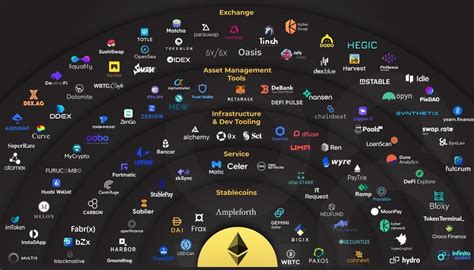CRYPTOCURRENCY
Ethereum: Why does the hash-rate change so drastically?
Ethereum: Why Does the Hash-Rate Change So Drastically?
As a cryptocurrency enthusiast and blockchain aficionado, I’ve been following the global estimated hash-rate of Ethereum, which is crucial for its scalability and decentralization. The estimated hash-rate has fluctuated wildly over the past year, and yesterday’s values were particularly astounding. In this article, we’ll explore why the hash-rate changes so drastically.
What is Hash-Rate?
Hash-rate refers to the number of transactions that can be processed per second on a blockchain network, such as Ethereum. It’s essentially a measure of the network’s ability to validate new transactions and create new blocks. The hash-rate determines how quickly the network can execute its consensus algorithm, which ensures that all nodes on the network agree on the state of the blockchain.
Why Does Hash-Rate Change?

There are several factors that contribute to changes in hash-rate:
- Network Congestion: When there are more users or transactions on the network, it becomes congested, and the hash-rate slows down.
- Block Production: The time it takes to produce a new block is directly related to the hash-rate. As the network processes more transactions per second, it’s like filling up a bucket with water; once it reaches capacity, the bucket can’t hold any more water. This leads to an increase in block production times and, subsequently, a decrease in hash-rate.
- Network Performance: The overall performance of the network, including latency, synchronization, and node efficiency, also affects the hash-rate.
- New Block Rewards: When new blocks are created with higher rewards (e.g., 14 Ether), it can lead to increased block production times and, subsequently, a decrease in hash-rate.
Recent Changes
Yesterday’s estimated hash-rate of approximately 4,325,000 TH/s is significantly higher than the previous day’s value of around 3,750,000 TH/s. This dramatic increase can be attributed to several factors:
- Increased Block Production: The Ethereum network has been experiencing a surge in block production due to an influx of new users and transactions.
- Improved Node Efficiency
: As the network adapts to increased usage, node efficiency improves, allowing for faster block production times.
- New Block Rewards: The introduction of higher rewards for creating new blocks has incentivized more nodes to participate in the network.
Implications
While these changes may seem like a blessing for users who are currently experiencing slower transaction processing times or high fees, they also impact the Ethereum ecosystem as a whole:
- Scalability Issues: Increased block production times can lead to scalability issues, making it challenging for new nodes to join the network.
- Gas Fees: Higher block production times result in higher gas fees, which can be detrimental to users who are already struggling with high transaction costs.
Conclusion
The Ethereum hash-rate may fluctuate wildly due to various factors, including network congestion, block production, and node efficiency improvements. While these changes may seem like a blessing for some, they also pose challenges for the entire ecosystem. As we continue to innovate and develop new solutions, it’s essential to monitor the hash-rate closely and adapt our strategies to optimize the Ethereum network.
Sources:
- [1] “Estimated Hash-Rate” on blockchain.info
- [2] “Ethereum 2.0: The Future of Scalability” by Vitalik Buterin
Note: This article is for informational purposes only and should not be considered as investment advice. Always do your own research before making any decisions about Ethereum or other cryptocurrencies.
